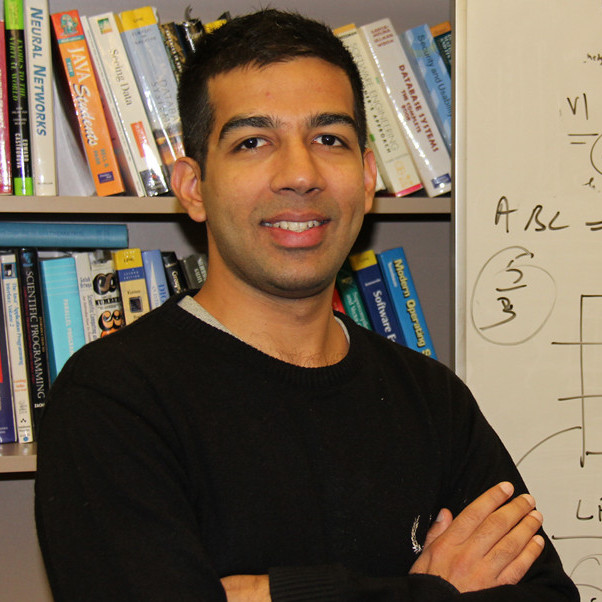Dr. Ankit Sharma
Dr. Ankit Sharma is the PI of the MapYog project and is also the founder of YogLabs. He is an accomplished AI and data science expert with a diverse range of academic and industry experiences. He completed his MS and Ph.D. in Computer Science at the University of Minnesota.







